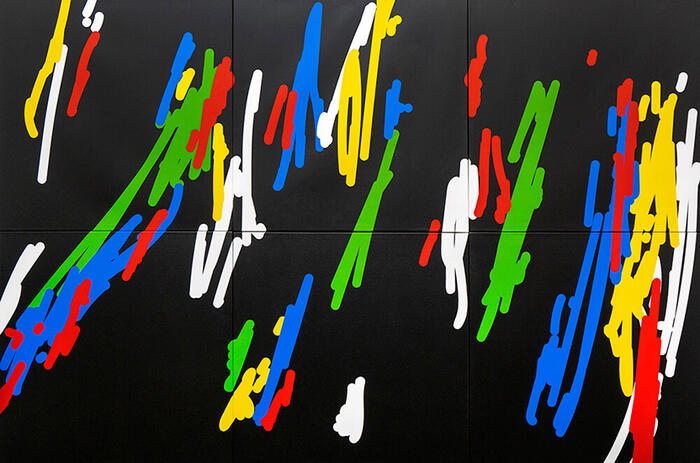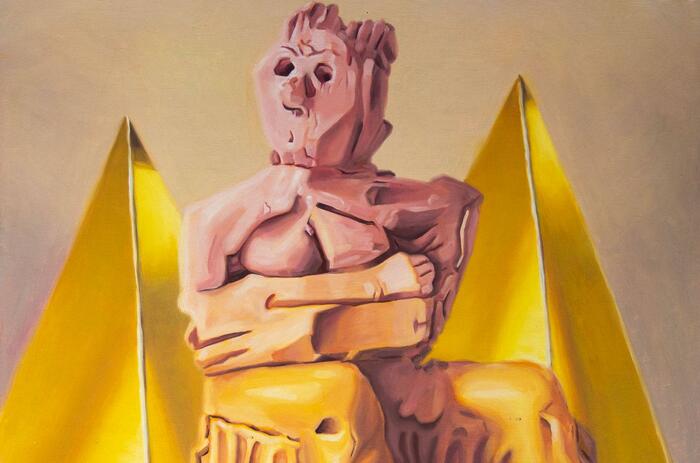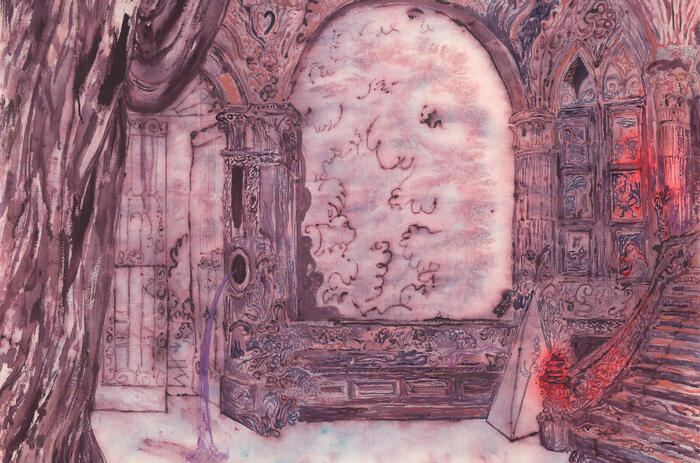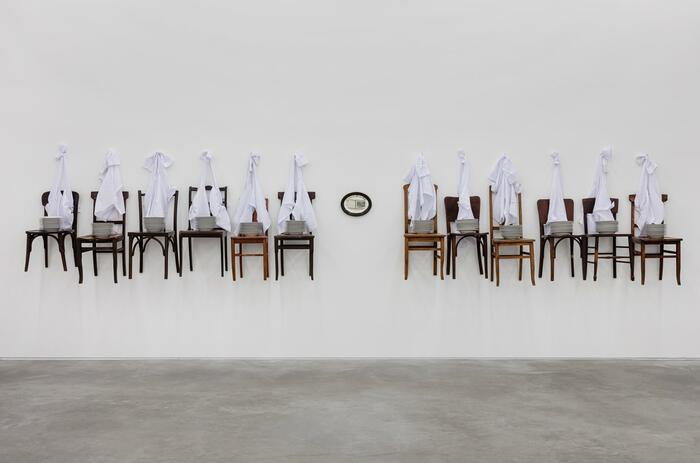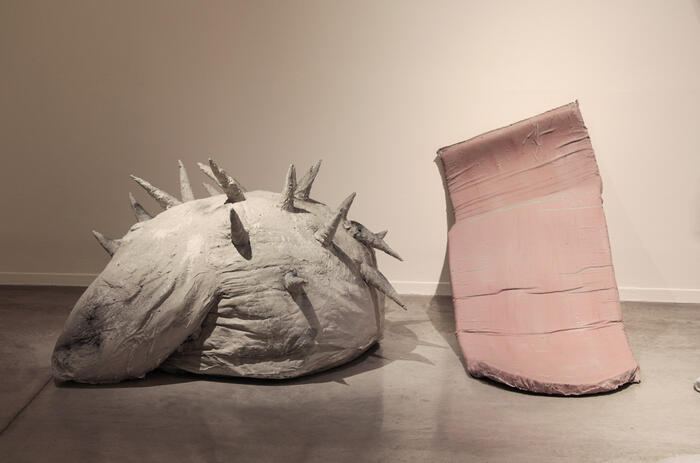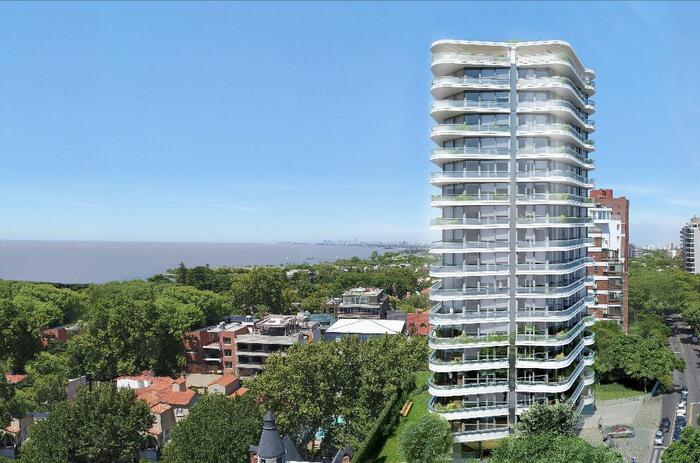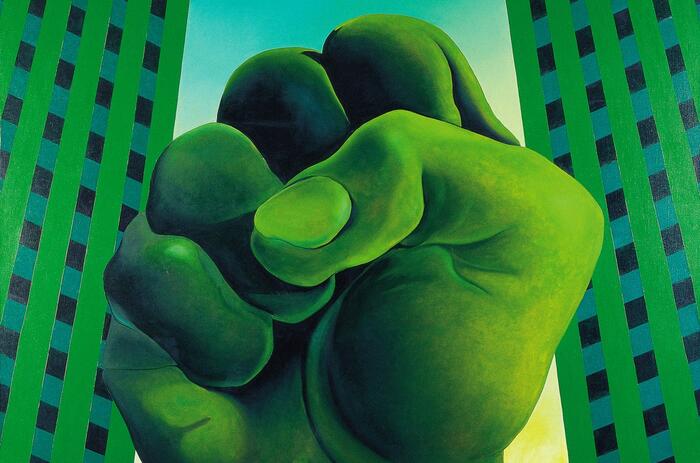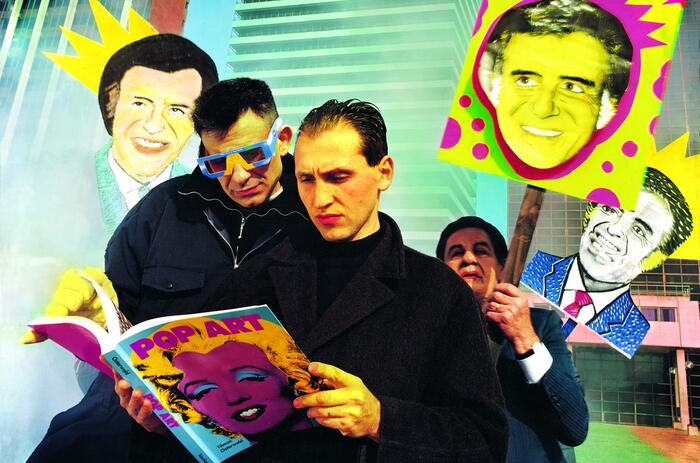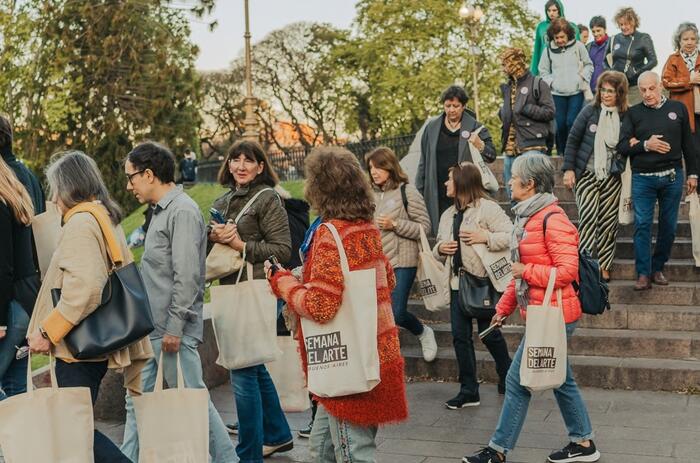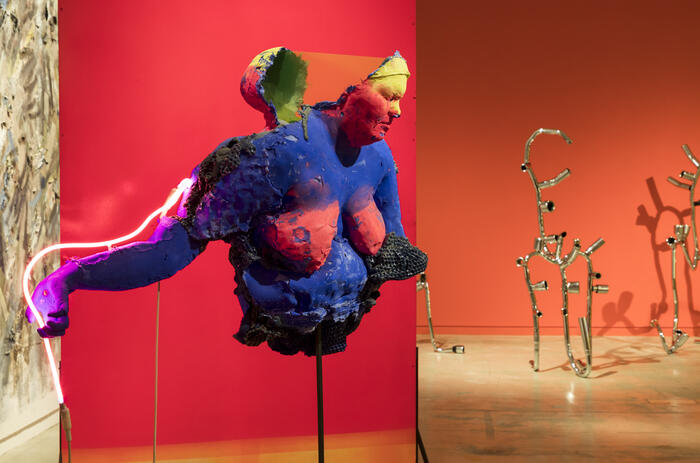LEÓN FERRARI AT BELLAS ARTES MUSEUM. A LIFE OF COMMITMENT AND SENSITIVITY
León Ferrari. Recurrencias (León Ferrari. Recurrences) is the first solo exhibition that the Museo Nacional de Bellas Artes dedicates to the Argentinean artist.
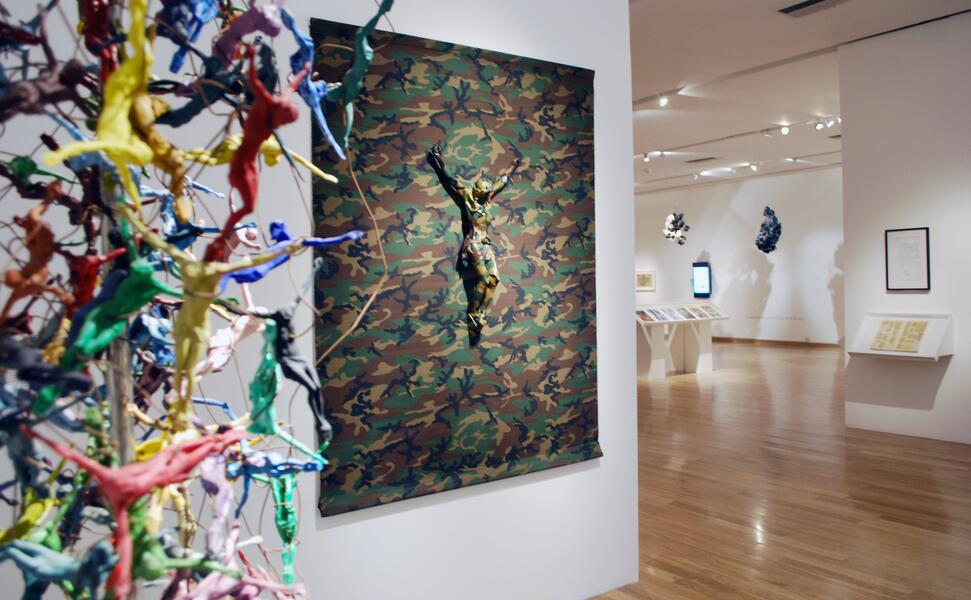
It brings together nearly 250 works, including drawings, inks, collages, engravings, objects, heliographies, plans and ceramics from the period 1960-2011. It is curated by Cecilia Rabossi and Andrés Duprat.
"This exhibition -comments Duprat, director of the Museum- is an institutional recognition to one of the most relevant Argentine artists in history, creator of a solid and singular work, which has been celebrated all over the world". Originally planned for 2020, on the occasion of the artist's centennial, but suspended due to the global pandemic of covid, its postponement now makes it coincides with the commemoration of the fortieth anniversary of the return to democracy in Argentina. "This fact is significant, since many of the works chosen build a sort of story of the dark times of the last military dictatorship. This exhibition becomes, then, a call to reflect on the construction of a society free of violence and authoritarianism, more equitable and supportive," adds the head of the Fine Arts Museum.
León Ferrari. Recurrencias is organized into four cores. The first one, Abstracciones (Abstractions), focuses on works that the artist called abstract, where the line is a central element, either on the surface of the paper or in the three-dimensional plot.
La civilización occidental y cristiana (Western and Christian Civilization), the second core, is articulated from the iconic work made in 1965 for the Di Tella Prize, which was censored for religious reasons. This piece opened his definitively political production. This core also includes Manuscritos, Palabras ajenas (1967), Nosotros no sabíamos (1976), Nunca más and Mimetismos e infiernos.
Infiernos y otras cuestiones devotas (Hells and other devotional questions), the third axis, concentrates on the study that Ferrari undertook, since the 1980s, of Christian texts and iconography. He investigated the violence of certain passages in the Bible, and questioned the idea of Hell and its representation in the history of art. Series such as The Basilica, Paraherejes, The Bible, Project against Hell and Rereading the Bible present, in the exhibition, different approaches to the theme.
The last core, Ciudades y arquitecturas de la locura (Cities and Architectures of Madness), displays plans and urbanizations that exhibit illogical and irrational aspects of modern society. These works were produced during the artist's exile in São Paulo, beginning in 1976. There, he experimented with new media, such as heliography, stamps, blueprints, Letraset, video text, mail art, expressions with which he manifested the alienation of those habitable spaces and exposed the oppression of the terrible years of the Argentine military dictatorship.
-
Mimetismo, 1994
Collage (Cristo de yeso pintado, tela camuflada)
200 x 135 cm
Inventario n° 10660
Donación León Ferrari, 2004
Colección Museo Nacional de Bellas Artes
-
Primera carta al Papa, 21/02/2006
Tinta sobre papel
47,7 x 35,8 cm
Colección familia Ferrari
-
Sin título, de la serie Homens, 12/6/1981
Collage y Letraset sobre papel
42,1 x 29,7 cm
Colección familia Ferrari
-
Sin título, de la serie Nunca más, 1995
Collage sobre papel
29 x 21 cm
Colección familia Ferrari
[Inscripción en la obra: “Escuela de Mecánica de la armada + detalle Juicio Final de Memling”]
-
Dios, 1964
Collage sobre papel (caja, recortes de fotografías)
51,5 x 34,4 x 3,5 cm
Colección familia Ferrari
-
Como quien recorre una costa, 1997
Fotografía con escritura en braille
27,8 x 35,7 cm
Colección familia Ferrari
Poema: “Trofeo”, de Jorge Luis Borges, 1923
Fotografía: Man Ray, sin título, ca. 1928
-
Vistas de la exhibición. Cortesía Museo Bellas Artes.
-
Vistas de la exhibición. Cortesía Museo Bellas Artes.
León Ferrari (1920-2013) was one of the most original and relevant Argentine artists of recent history. His work as a whole, his thought and his writings reveal him as a multifaceted creator and, at the same time, as a man with a strong political imprint, and great commitment and social sensitivity. Recognized among the most important contemporary artists in the world, he dedicated his life to denouncing, with courage, rigor and artistic genius, the damages and consequences of what have always been his greatest concerns: religion, dictatorships, intolerance and war.

